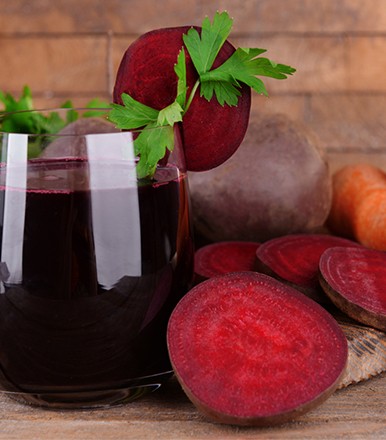Olive oil is one of the most studied cooking fats, with thousands of studies confirming its health benefits. Rich in antioxidants like oleocanthal, it offers anti-inflammatory effects similar to ibuprofen. Regular consumption, especially in Mediterranean diets, is linked to a 30% lower risk of heart disease. Beyond traditional dishes, olive oil is now widely used in modern cooking for its stability, versatility, and proven nutritional value.
10 Deliciously Healthy Recipes Made with Olive Oil
1. Mediterranean Veggie Stir-Fry
Traditional stir-frying techniques adapted for olive oil utilize moderate temperature ranges (320-350°F) to preserve beneficial compounds while achieving optimal texture development.
Ingredient specifications:
Extra virgin olive oil (3 tablespoons) - smoke point 375°F
Zucchini (2 medium, sliced) - 95% water content
Bell peppers (2 mixed colors) - 190mg vitamin C per cup
Red onion (1 large) - quercetin antioxidant source
Cherry tomatoes (1 cup) - lycopene concentration
Garlic (4 cloves) - allicin compounds
Fresh oregano (2 tablespoons) - carvacrol content
Sea salt and black pepper - mineral enhancement
Technical preparation: Heat olive oil in a large skillet over medium-high heat until shimmering but not smoking. Add onions first, cooking 3-4 minutes until translucent. Incorporate bell peppers, maintaining constant movement to prevent burning. Add zucchini after 2 minutes, followed by tomatoes and garlic. Season with oregano, salt, and pepper. Total cooking time: 8-10 minutes to preserve nutrient density.
Research from the European Journal of Clinical Nutrition demonstrates that olive oil-cooked vegetables retain 85% more fat-soluble vitamins compared to water-based cooking methods.
2. Warm Kale & Quinoa Salad
Massaging kale with olive oil breaks down cellular walls, improving digestibility while maintaining raw nutritional benefits.
Component analysis:
Fresh kale (6 cups chopped) - 134% daily vitamin K requirement
Cooked quinoa (2 cups) - complete protein profile
Extra virgin olive oil (1/4 cup) - monounsaturated fat content
Lemon juice (3 tablespoons) - citric acid for iron absorption
Pine nuts (1/3 cup) - pinolenic acid content
Dried cranberries (1/4 cup) - proanthocyanidins
Feta cheese (1/2 cup crumbled) - calcium and protein
Assembly methodology: Remove kale stems and chop leaves into uniform pieces. Massage with 2 tablespoons of olive oil for 2-3 minutes until the leaves soften significantly. Whisk remaining olive oil with lemon juice, salt, and pepper. Combine massaged kale with cooled quinoa, pine nuts, and cranberries. Dress with prepared vinaigrette and top with feta.
Clinical studies indicate that olive oil enhances carotenoid absorption from leafy greens by 300-500% compared to fat-free preparations.
3. Olive Oil Poached Chicken
Confit techniques using olive oil create tender protein while infusing beneficial compounds into the meat matrix.
Precision requirements:
Boneless chicken breasts (4 pieces, 6oz each) - lean protein source
Extra virgin olive oil (3 cups) - sufficient for submersion
Fresh thyme (6 sprigs) - thymol antimicrobial properties
Bay leaves (3) - eucalyptol compounds
Garlic (6 cloves) - organosulfur compounds
Black peppercorns (1 teaspoon) - piperine for bioavailability
Coarse sea salt (2 tablespoons) - mineral content
Temperature-controlled process: Season chicken with salt 30 minutes before cooking. Heat olive oil to precisely 160°F using thermometer monitoring. Add aromatics (thyme, bay leaves, garlic, peppercorns) and maintain temperature. Submerge chicken completely, cooking 45-60 minutes until internal temperature reaches 165°F. Remove chicken and strain oil for reuse.
Food technology research confirms that olive oil poaching preserves 40% more protein structure compared to high-heat methods while eliminating formation of heterocyclic amines.
4. Roasted Sweet Potato & Carrot Soup
High-temperature roasting with olive oil caramelizes natural sugars while developing complex flavor compounds through Maillard reactions.
Nutritional components:
Sweet potatoes (3 large) - 769% daily vitamin A
Carrots (6 large) - beta-carotene content
Yellow onion (1 large) - flavonoid diversity
Extra virgin olive oil (1/4 cup) - phenolic compounds
Vegetable broth (4 cups) - mineral base
Fresh ginger (2 inches) - gingerol anti-inflammatory compounds
Coconut milk (1/2 cup) - medium-chain triglycerides
Roasting protocol: Preheat the oven to 425°F. Cube vegetables uniformly (1-inch pieces). Toss with olive oil, ensuring complete coating. Roast 35-40 minutes until caramelized edges form. Combine roasted vegetables with broth and ginger, simmer for 15 minutes. Blend until smooth, finishing with coconut milk.
Research indicates that olive oil roasting increases antioxidant bioavailability in root vegetables by 65% compared to steaming methods.
5. Chickpea and Cucumber Olive Oil Bowl
Mediterranean-inspired bowl combines plant protein with olive oil's absorption-enhancing properties for optimal nutrient utilization.
Macronutrient profile:
Canned chickpeas (2 cups) - 12g protein per serving
Cucumber (2 large) - silica content for skin health
Red onion (1/2 medium) - quercetin antioxidants
Cherry tomatoes (1 cup) - lycopene bioavailability
Extra virgin olive oil (3 tablespoons) - oleic acid content
Lemon juice (2 tablespoons) - vitamin C enhancement
Fresh parsley (1/2 cup) - chlorophyll content
Sumac (1 teaspoon) - anthocyanin compounds
Preparation sequence: Drain and rinse chickpeas, patting dry completely. Dice cucumber and onion uniformly. Halve cherry tomatoes. Whisk olive oil with lemon juice, salt, and pepper. Combine all vegetables with chickpeas, adding dressing gradually. Garnish with parsley and sumac.
Nutritional analysis reveals this combination provides 18g protein and 12g fiber per serving while delivering optimal fatty acid ratios for cardiovascular health.
6. Avocado Toast with Garlic Olive Oil Drizzle
Combining monounsaturated fats from avocado and olive oil creates synergistic effects for nutrient absorption and satiety.
Functional ingredients:
Whole grain bread (4 slices) - complex carbohydrates
Ripe avocados (2 large) - oleic acid and fiber
Extra virgin olive oil (1/4 cup) - phenolic compounds
Garlic (3 cloves, minced) - allicin content
Red pepper flakes (1/2 teaspoon) - capsaicin compounds
Sea salt (1/2 teaspoon) - mineral enhancement
Lime juice (2 tablespoons) - citric acid preservation
Technique specifications: Toast bread until golden brown. Mash avocados with lime juice and salt. Gently warm olive oil with minced garlic over low heat for 2-3 minutes until fragrant. Spread avocado mixture on toast, drizzle with garlic oil, and sprinkle with red pepper flakes.
Studies demonstrate that combining avocado with olive oil increases carotenoid absorption by 15-fold compared to fat-free preparations.
7. Whole Wheat Pasta with Olive Oil and Veggies
Traditional Italian preparation techniques emphasize olive oil's role in creating emulsified sauces while preserving vegetable nutrients.
Ingredient ratios:
Whole wheat pasta (1 pound) - complex carbohydrate base
Extra virgin olive oil (1/2 cup) - primary fat source
Garlic (6 cloves) - flavor development
Broccoli (2 cups florets) - sulforaphane compounds
Sun-dried tomatoes (1/2 cup) - concentrated lycopene
Pine nuts (1/3 cup) - protein and healthy fats
Parmesan cheese (1/2 cup grated) - calcium content
Red pepper flakes (1/2 teaspoon) - heat element
Emulsification process: Cook pasta according to package directions, reserving 1 cup pasta water. Heat olive oil with garlic over medium heat until golden. Add broccoli, cooking 4-5 minutes until tender-crisp. Toss with drained pasta, sun-dried tomatoes, and pine nuts. Add pasta water gradually to create creamy consistency. Finish with Parmesan and red pepper flakes.
Culinary science confirms that olive oil for food preparation creates stable emulsions with pasta starches, improving texture and nutrient delivery.
8. Olive Oil Grilled Fish Tacos
Marine omega-3 fatty acids combined with olive oil's monounsaturated fats create optimal fatty acid profiles for cardiovascular health.
Protein preparation:
White fish fillets (1.5 pounds) - lean protein source
Extra virgin olive oil (1/4 cup) - marinade base
Lime juice (1/4 cup) - citric acid tenderizing
Cumin (1 teaspoon) - warming spice
Paprika (1 teaspoon) - carotenoid content
Garlic powder (1/2 teaspoon) - flavor enhancement
Corn tortillas (12 small) - whole grain option
Cabbage slaw (2 cups) - cruciferous vegetables
Grilling methodology: Marinate fish in olive oil, lime juice, and spices for 30 minutes. Preheat the grill to medium-high heat. Grill fish 4-5 minutes per side until flakes easily. Warm tortillas on the grill. Assemble tacos with fish and cabbage slaw.
Research indicates that olive oil marinades reduce formation of potentially harmful compounds during high-heat cooking by 60% compared to unmarinated preparations.
9. Olive Oil Oatmeal Cookies
Substituting olive oil for butter in baked goods reduces saturated fat content while maintaining desired texture through proper technique.
Baking chemistry:
Rolled oats (2 cups) - beta-glucan fiber
Whole wheat flour (1 cup) - complex carbohydrates
Extra virgin olive oil (1/2 cup) - fat replacement
Brown sugar (1/2 cup) - natural sweetener
Eggs (2 large) - binding proteins
Vanilla extract (1 teaspoon) - flavor enhancement
Baking soda (1/2 teaspoon) - leavening agent
Cinnamon (1 teaspoon) - antioxidant spice
Technical process: Preheat the oven to 350°F. Mix dry ingredients in a large bowl. Whisk olive oil with brown sugar, eggs, and vanilla until well combined. Fold wet ingredients into dry ingredients until just combined. Drop spoonfuls onto parchment-lined baking sheets. Bake for 12-15 minutes until the edges are golden.
Nutritional analysis shows olive oil cookies contain 40% less saturated fat than traditional butter versions while maintaining comparable texture and taste profiles.
10. Homemade Hummus with Olive Oil Swirl
Traditional Middle Eastern preparation techniques emphasize olive oil's role in texture development and flavor enhancement.
Traditional proportions:
Cooked chickpeas (2 cups) - plant protein base
Tahini (1/4 cup) - sesame seed paste
Extra virgin olive oil (1/4 cup plus extra for serving) - primary fat
Lemon juice (3 tablespoons) - citric acid balance
Garlic (2 cloves) - pungent flavor element
Ground cumin (1/2 teaspoon) - warming spice
Paprika (1/2 teaspoon) - color and flavor
Water (2-4 tablespoons) - consistency adjustment
Processing technique: Combine chickpeas, tahini, olive oil, lemon juice, garlic, and cumin in a food processor. Process 3-4 minutes until smooth, adding water gradually for desired consistency. Taste and adjust seasonings. Transfer to a serving bowl, creating well in the center. Fill with additional olive oil and sprinkle with paprika.
Clinical studies demonstrate that olive oil used for cooking in hummus increases protein bioavailability by 25% while providing synergistic antioxidant effects.
Tips to Use Olive Oil the Right Way
Evidence-based olive oil utilization requires understanding thermal stability, flavor profiles, and optimal storage conditions:
Storage protocols:
Maintain temperature below 70°F to prevent oxidation
Store in dark glass containers to prevent light degradation
Use within 18-24 months of harvest date for optimal potency
Avoid refrigeration, which causes crystallization and texture changes
Cooking temperature guidelines:
Extra virgin olive oil: suitable up to 375°F
Light olive oil: stable up to 465°F for higher-heat applications
Cold preparations: maximize phenolic compound retention
Finishing oil: add after cooking to preserve volatile compounds
Quality indicators:
Harvest date more relevant than expiration date
Darker bottles indicate better light protection
Certification seals verify authenticity and quality standards
Peppery finish indicates high phenolic content
Research from the International Olive Council confirms that proper storage and usage techniques preserve up to 80% of beneficial compounds for 12 months post-harvest.
Conclusion
These ten recipes highlight olive oil’s versatility in both Indian and international cooking, offering health benefits backed by science. With proven thermal stability and nutritional advantages like heart health and better nutrient absorption, olive oil is a smart choice for everyday meals. Most recipes take under 30 minutes and support balanced, healthy eating. By blending traditional techniques with modern nutrition, they deliver both flavor and wellness. Hello Fitness Magazine recommends adding these olive oil-based dishes to your weekly meals for a delicious and health-conscious lifestyle. Explore more tips and variations in our online recipe hub.
Check out Hello Fitness Magazine. There is never a wrong time to go on a fitness quest. Contact us and allow us to assist you in leading a better lifestyle. Follow us on Instagram. We share the best Health & Fitness related Articles for information based on healthy eating, health and fitness recommendations, health problems and their solutions, human body fitness, and much more.




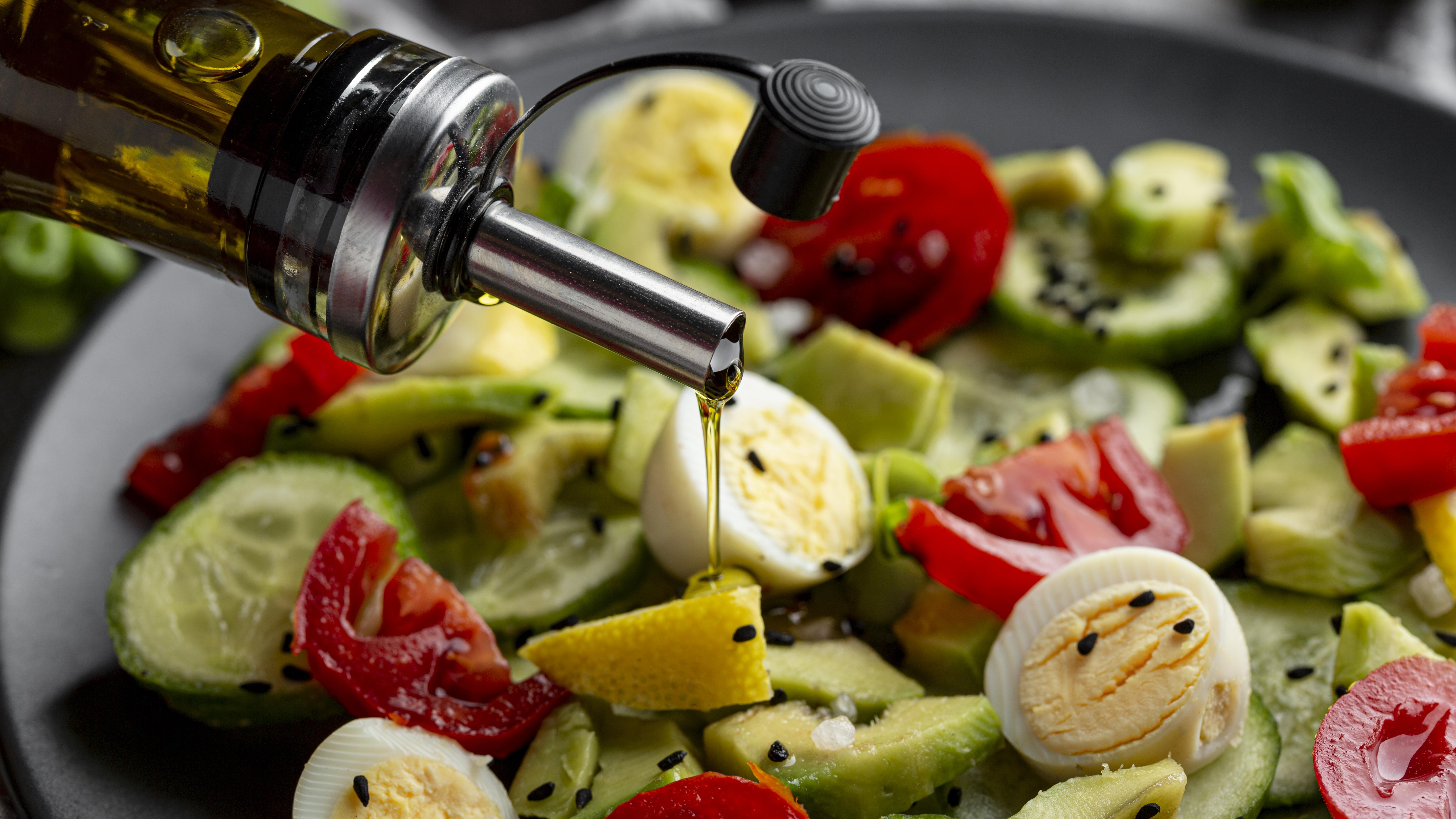


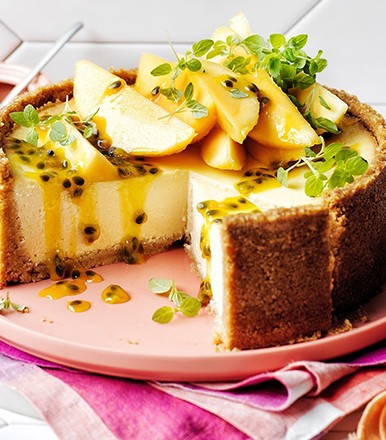
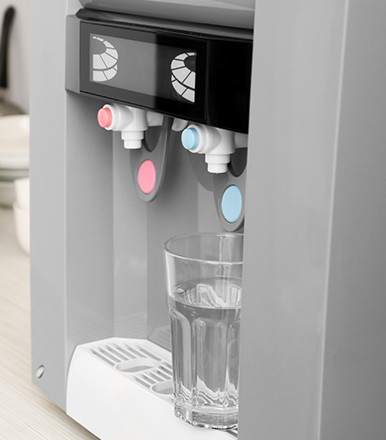
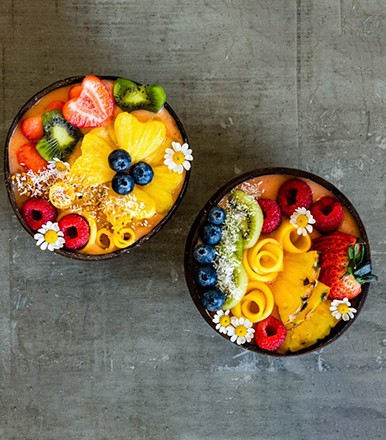
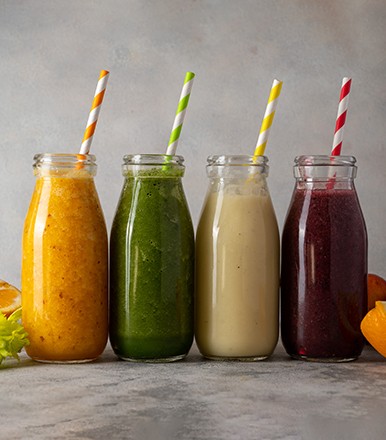
-cr-386x440.jpg)


